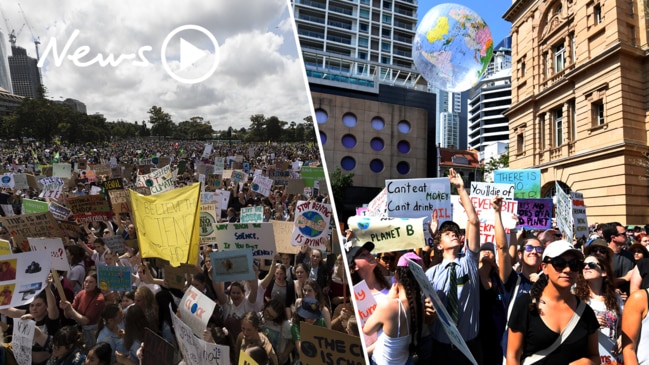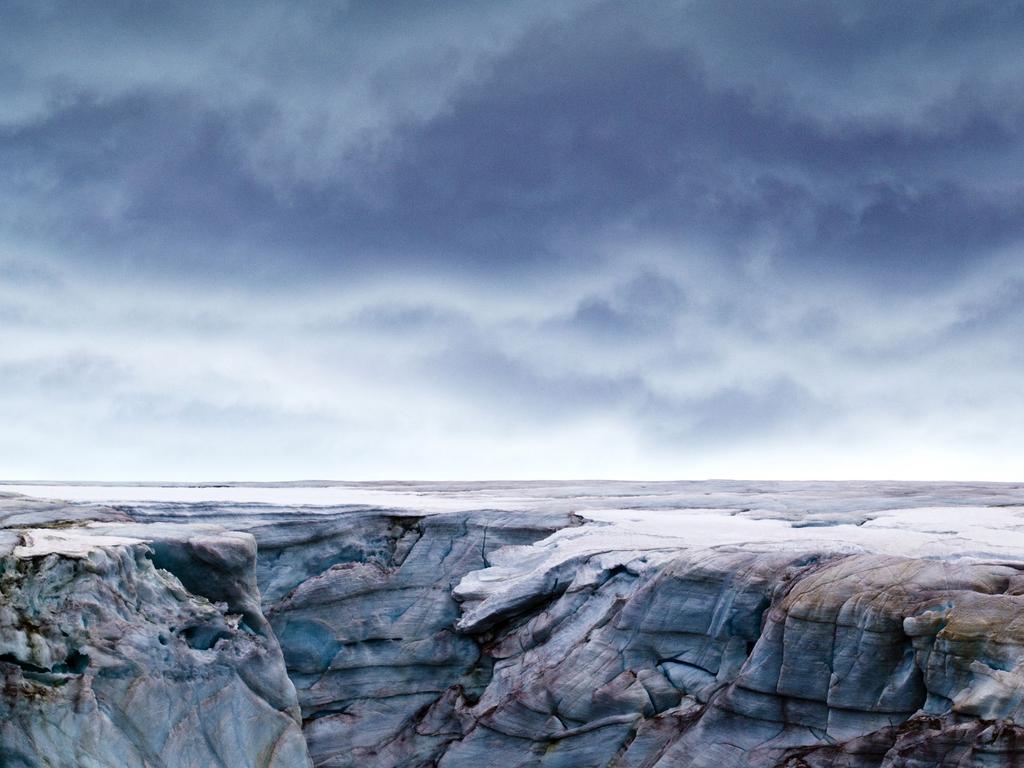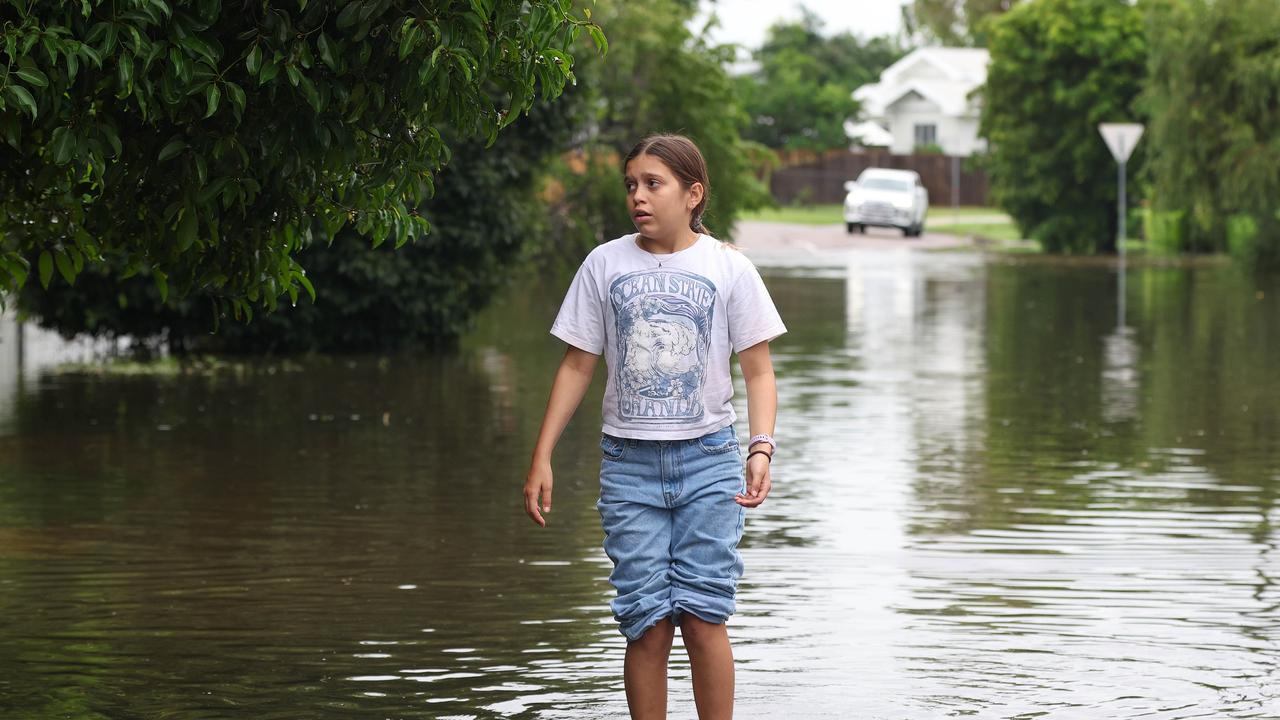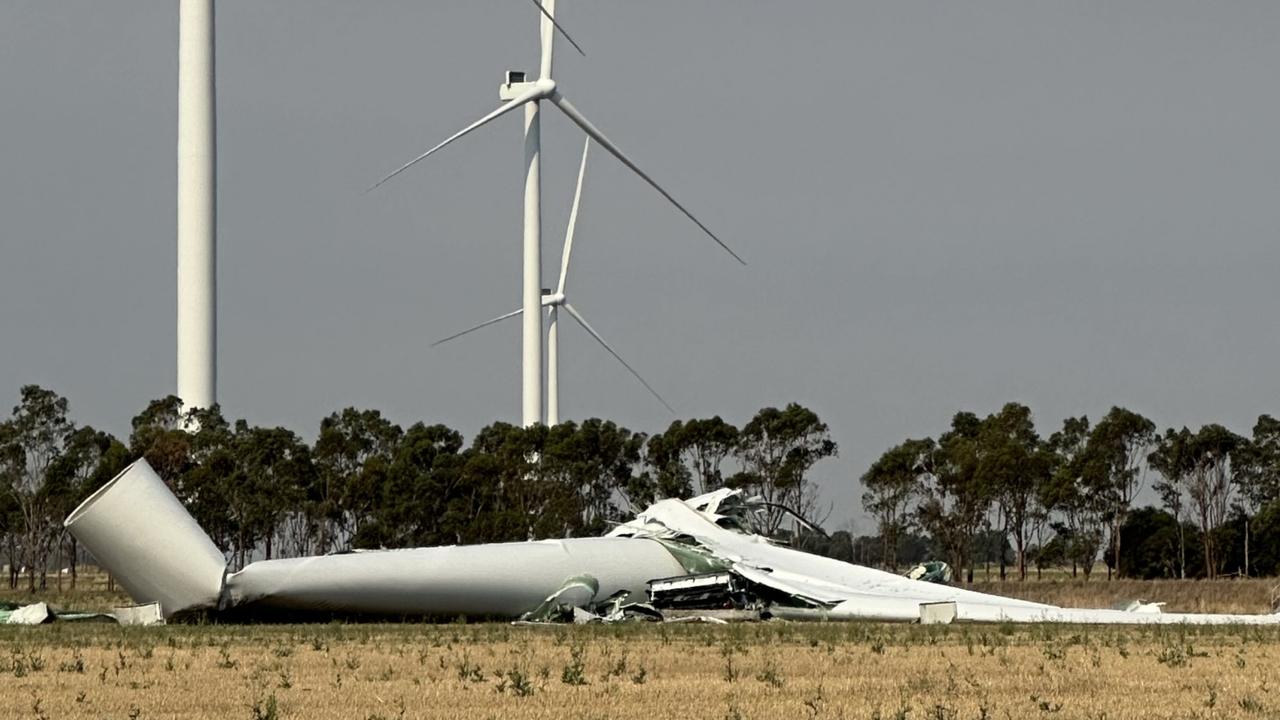Intergovernmental Panel on Climate Change report reveals ‘future looks dire’
An major international report on climate change has been released, detailing a grim outlook for our future.

Australian coastal cities and beachside playgrounds are increasingly being threatened by rising sea levels, an authoritative survey of climate change effects on our oceans is warning.
And that threat could become real within 30 years for people living less than 10m above the current high water mark.
The findings of scientists working on the report by the Intergovernmental Panel on Climate Change (IPCC) released in Monaco tonight Australian time depict a marine world in crisis from heatwaves, increasing acidity, and reduced fishing yields.
And ocean levels are rising as the cryosphere — glaciers, snowfields, permafrost areas — melt under rising temperatures.
One of the prime sources of the swollen seas is water from the shrinking frozen stretches of the Antarctic to our south.
Coastal flooding occurring once every hundred years could become annual events, according to the Australian National University’s Associate Professor Nerilie Abram, a climate change scientist who worked on the IPCC report.
“Globally, by 2050, more than one billion people will live on coastal land that is less than 10m above sea level, and will be exposed to combinations of sea level rise, extreme winds, waves, storm surges and flooding from intensified tropical cyclones,” Prof Abram said in a statement.
“Their future looks dire if we do not act to limit further climate change.
“Australia’s coastal cities and communities can expect to experience what was previously a once-in-a-century extreme coastal flooding event at least once every year by the middle of this century — in many cases much more frequently.”
RELATED: The truth about Greta’s meteoric rise
RELATED: Men slammed for ‘sad, nasty’ Greta rants

Greenpeace head of Pacific Joseph Moeono-Kolio said we and our neighbours were already enduring “a cultural crisis, with sea-level rise, increasing king tides, and storm surges already threatening to wipe out our culture.
“For Pacific people, the oceans are a great provider and spiritual source, yet the climate crisis
means the ocean has become dangerous, frightening and unpredictable,” he said in a statement.
“This is yet another stark warning that as the climate emergency intensifies, Australia and the
world need to take urgent action to tackle coal as the biggest driver of climate change.”
The IPCC report drew from 7000 scientific papers from more than 100 climate change specialists and represents a comprehensive assessment of the data.
Among its findings is a projection that by next century the rise of sea levels could reach one metre, should global warming rise by 3C — an increase which it said existing climate change measures were allowing.
This could force millions to become climate change refugees.

The IPCC scientists calculated there would be “extreme wave heights, which contribute to extreme sea level events, coastal erosion and flooding — which have increased in the southern and northern Atlantic Ocean by about 1cm a year — between 1985 and 2018.
It also warned the oceans were becoming increasingly acidic as well as warmer, and this was harming sea life, and up to 90 per cent of coral reefs would die off.
Further, sea water would intrude further down river estuaries, harming life in those areas.
And our weather will get more dangerous, the IPCC found.
The average intensity of tropical cyclones will rise.
The report found “the proportion of category four and five tropical cyclones and the associated average precipitation rates are projected to increase for a two degree global temperature rise…”
Global warming already had contributed to an overall decrease in maximum fish catch potential, the report found, compounding the problem of overfishing.
“In many regions, declines in the abundance of fish and shellfish stock due to direct and indirect effects of global warming and biogeochemical changes are already contributing to reduced fishing catches.”
But the changes could make an area more comfortable for fish species not usually found there.
Throw in “harmful algal blooms” and the sea looks less inviting to humans.




